
Japanese has a few key differences from languages such as English, one of which is needing to study the characters themselves alongside grammar and vocabulary. Japanese has 3 types of characters, Hiragana, Katakana, and Kanji.
The first step to learning Japanese is to learn the most basic of the characters, hiragana. In previous FUN! JAPAN articles we've spoken about methods of memorizing these characters, but in this article, we're going to be delving a little deeper into the history and reasons behind by hiragana was created in the first place.
About Hiragana
Back when there was no such thing as "Japanese characters", Japanese would use kanji but speak them differently to other surrounding countries, kanji themselves would not hold meaning but the sound spoken when reading them would, this was known as "man'yōgana". Simply put, man'yōgana used kanji as phonetic symbols and was said to have appeared around the 7th century. For example, "Sushi" or "寿司" using kanji, would be pronounced "Sushi" but written using 2 completely unrelated characters simply because they could be pronounced "Sushi".
The Origins of Hiragana

During the start of the Heian period (794-1185), a simple form of hiragana began to form, with the aim of writing a lot faster in mind, man'yōgana was done away with. The act of breaking something down to write it is known as "Sosho" in Japanese, with the characters formed from breaking down man'yōgana becoming known as "Sogana". Hiragana was born from Sogana. For example, taking "安" and breaking it down, you write "あ".
Hiragana Sheet
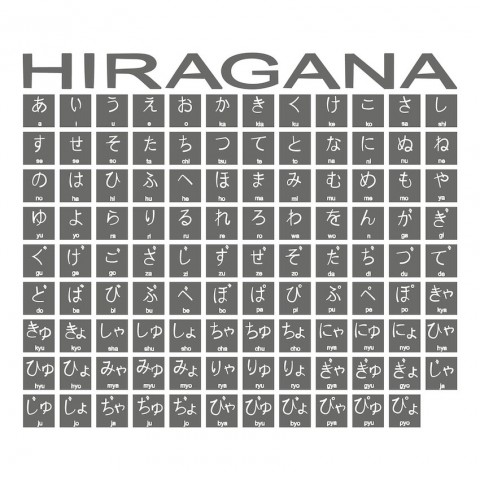
To help learners and children remember how to write and read hiragana, parents will often place a hiragana sheet on the walls of their house or in the bathroom to read. Hiragana sheets are created to be easy-to-read and easy-to-remember using specially selected fonts, cute anime characters, and other such methods to attempt to help children be more motivated to learn and remember the characters. You're also able to buy special waterproof sheets to stick in your bathroom to read while relaxing in the bath.
Using Japanese Hiragana & Katakana
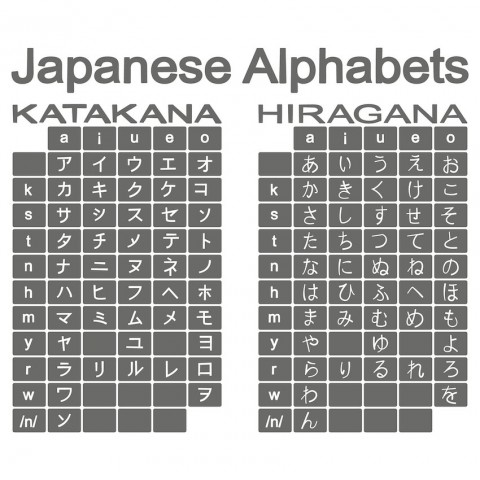
Most of the time, you'll only find kanji and hiragana used on Japanese learning sheets. It's used to display the readings of kanji, with hiragana also being used for particles and auxiliary verbs.
There are 2 ways of displaying how to read kanji, hiragana, and katakana. Hiragana was made using the sosho of kanji, using parts of kanji.
It's said that most of these types were born around the same time and had many different uses. Hiragana was often used in classical Japanese poems and stories due to it being perceived as more beautiful, while katakana was used in dictionaries of Chinese characters as well as Buddhist scriptures, it was used in more practical locations such as for displaying the kunyomi reading of Kanji within dictionaries, etc.
There are also things that MUST be displayed using Katakana. For example, any foreign words. Foreign proper nouns, product names, locations, etc. are all displayed using katakana. Katakana is also used within Japanese literature to display a more energetic feeling. Finally, you can also slightly alter the nuance of words by changing them into katakana.
Remembering Hiragana
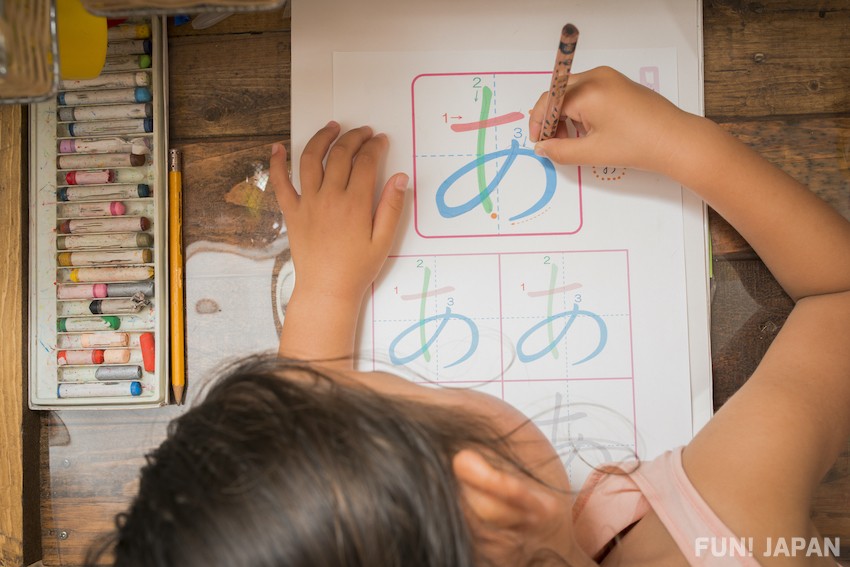
In Japan, children will typically have remembered how to read and write hiragana before entering elementary school. While the study itself begins from 0 during elementary school, children will have remembered it from their nursery most of the time.
1. Writing using Special Textbooks
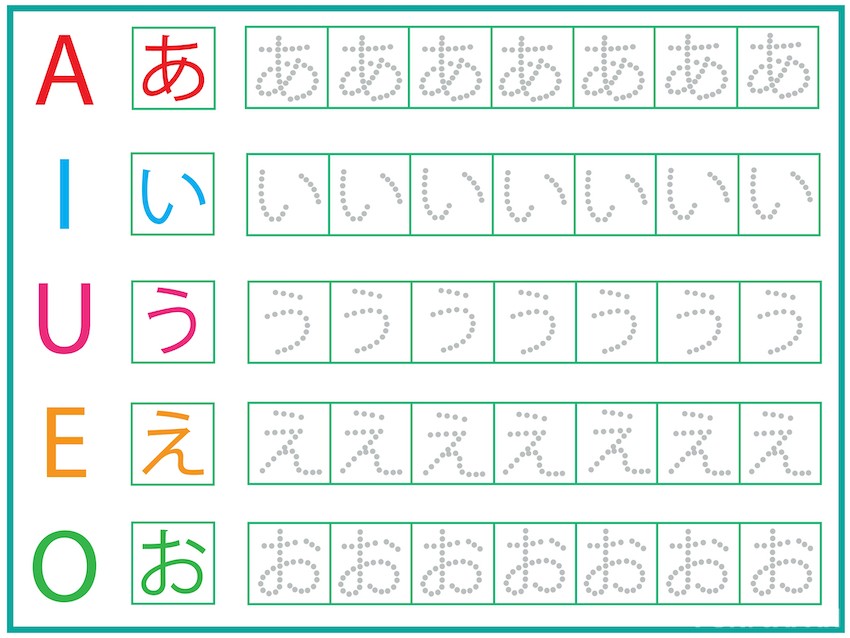
In Japanese book stores, you'll often find a corner dedicated towards children's learning with special textbooks for things such as writing hiragana. It's easier to remember when you can trace lines of an already completed character. Parents will also often have their children remember how to write their own names which also helps in the memorization of the characters.
More recently, this process can be done via a smartphone or tablet.
2. Using Karuta & Flashcards
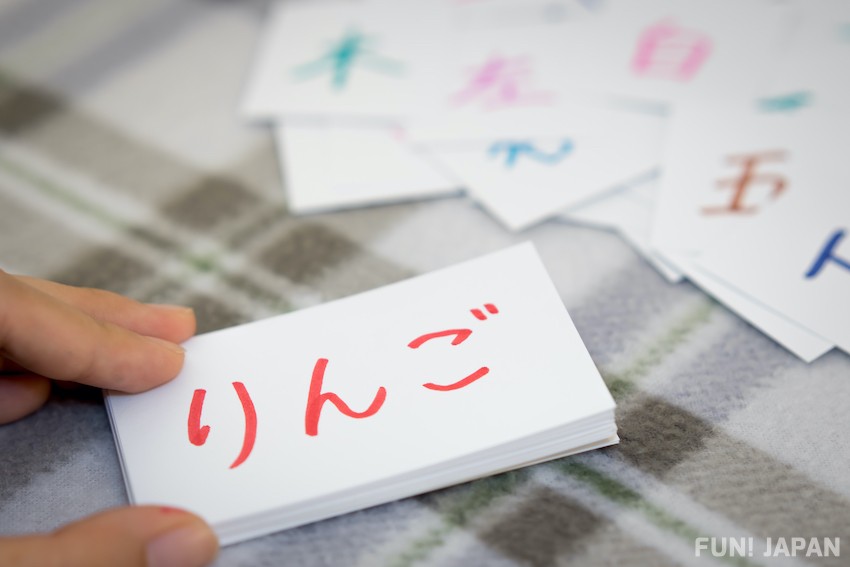
Another method for remembering hiragana is doing it through play! Some people even carry them to school and read while walking.
3. Quiz Time!
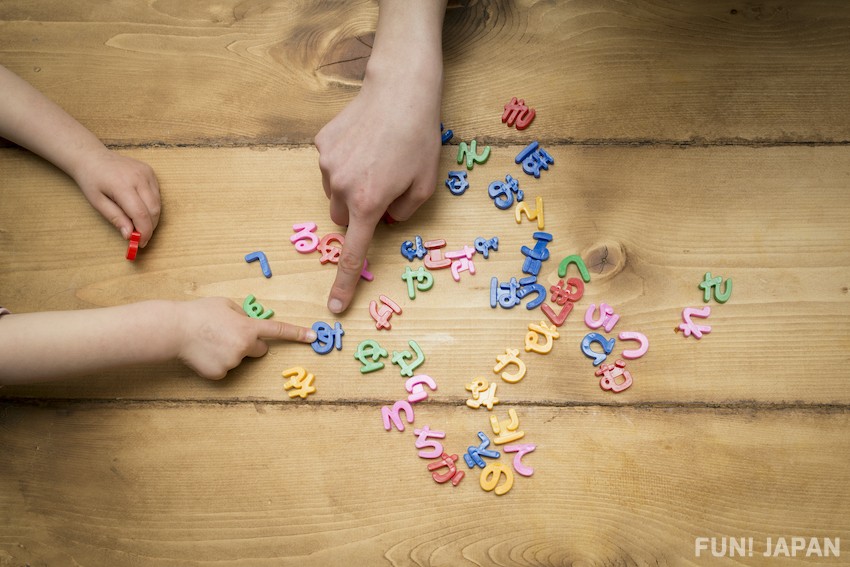
If you have some friends in your Japanese class, you could also make and quiz each other on the characters to see which of you remembers the most.
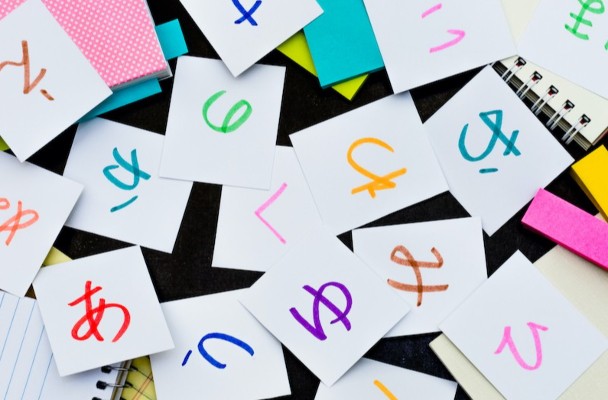
Comments